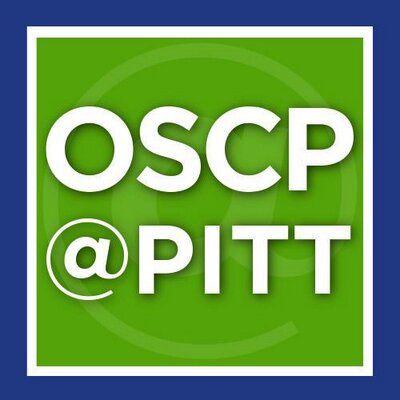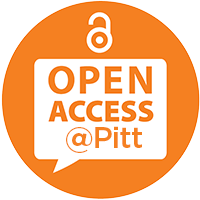Sun, Aaron
(2018)
Assisted Nerve Regeneration Utilizing Novel Nerve Conduits with Wall-Encapsulated Cells.
Doctoral Dissertation, University of Pittsburgh.
(Unpublished)
Abstract
Peripheral nerves possess an innate ability to regenerate, but following complete transection or segmental damage to the nerve, surgical intervention is required to re-approximate the ends of a nerve for a chance at functional recovery. Among the treatment options, synthetic nerve conduits are a promising tissue engineering approach to effect peripheral nerve regeneration across functionally debilitating segmental defects. An essential step in this restoration is the formation of a “nerve bridge” pioneered by Schwann cells that migrate to the center of the conduit in response to chemokine gradients.
This work in this dissertation focuses on the creation of a chemokine gradient in nerve conduits through the use of stem cell-secreted neurotrophic factors. While cell incorporation inside conduits is a widely applied technique and has demonstrated some beneficial effects, conventional cell-seeding methods fail to produce a directional signal for invading Schwann cells. A large part of the challenge to providing this signal is the ability to localize cells to a desired region. The work herein elaborates a versatile, single-step method to encapsulate neurotrophically active cells within the walls of a conduit through the use of a composite nanofibrous scaffold, allowing for strict control of cell number and spatial distribution along the length of the conduit. The resulting structure significantly enhances dorsal root ganglion outgrowth in vitro, and is flexible and mechanically suitable for in vivo implantation. Utilizing stem cells encapsulated within the central third of the conduit, markedly different cell distribution (Gaussian vs. quadratic) and retention are observed over the course of 6 weeks in a 10 mm rat sciatic nerve transection model when compared to standard cell injection method. This drives Schwann cell migration into the center of the regenerating nerve bridge, and at 16 weeks rats presented with significantly enhanced function and axon myelin over control. Taken together, the work in this dissertation demonstrates that this method of utilizing a spatially restricted cell secretome, which is a departure from conventional homogeneous or uncontrolled cell loading, presents a new paradigm for studying and maximizing the potential of cell application in peripheral nerve repair.
Share
| Citation/Export: |
|
| Social Networking: |
|
Details
| Item Type: |
University of Pittsburgh ETD
|
| Status: |
Unpublished |
| Creators/Authors: |
|
| ETD Committee: |
|
| Date: |
25 September 2018 |
| Date Type: |
Publication |
| Defense Date: |
26 July 2018 |
| Approval Date: |
25 September 2018 |
| Submission Date: |
31 July 2018 |
| Access Restriction: |
1 year -- Restrict access to University of Pittsburgh for a period of 1 year. |
| Number of Pages: |
210 |
| Institution: |
University of Pittsburgh |
| Schools and Programs: |
Swanson School of Engineering > Bioengineering |
| Degree: |
PhD - Doctor of Philosophy |
| Thesis Type: |
Doctoral Dissertation |
| Refereed: |
Yes |
| Uncontrolled Keywords: |
mesenchymalstem cells; peripheral nerve repair; nerve conduit; wall encapsulation; Schwann cell distribution |
| Date Deposited: |
25 Sep 2018 15:08 |
| Last Modified: |
25 Sep 2019 05:15 |
| URI: |
http://d-scholarship.pitt.edu/id/eprint/35072 |
Metrics
Monthly Views for the past 3 years
Plum Analytics
Actions (login required)
 |
View Item |








